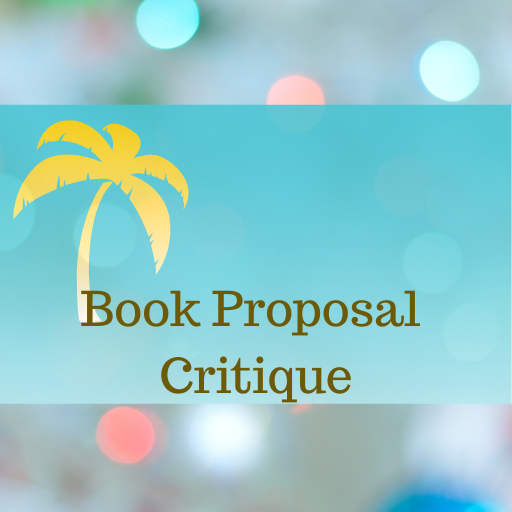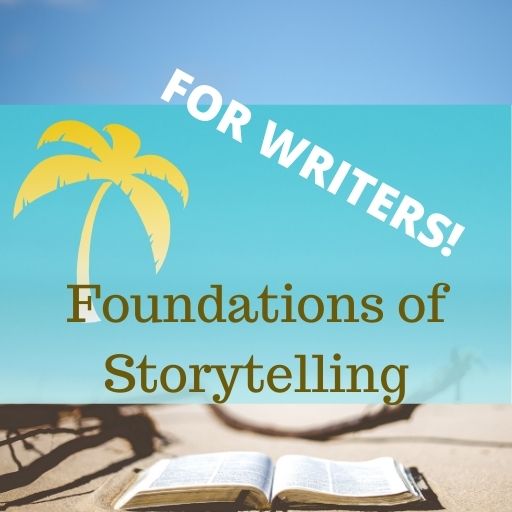How to Write a Nonfiction Book Proposal
For nonfiction authors pursuing traditional publication, they will need to know how to write a nonfiction book proposal.

Basics of How to Write a Nonfiction Book Proposal
This is like a business plan for a nonfiction book. It “sells” an agent or acquisitions editor on the book and convinces them to invest in it. It also helps the author create a roadmap for what they will do as they write and promote the book. For self-publishing authors, writing a book proposal first will help them figure out what they need to do to stand out from the crowd.
Elements of a Book Proposal
Essentially, a book proposal contains these sections:
Overview
A narrative section that describes the book and how it will be written, with details such as length, illustrations, and special features.
About the Author
A full description of who the author is and why they’re the right person to write this book.
Marketing/Promotion
A section that defines the proposed book’s audience and outlines the author’s plans for promoting the book, including special marketing hooks/ideas. This should contain action items that the author plans to do (promote the book on their blog, keynote at relevant events) and suggestions for publicity that a publisher wouldn’t automatically know about.
Competition
A comparison section that describe how the book is similar to – and different from – other books that have already been published. If there has never been a book like this one, that’s a very bad sign. This section should include titles that are fairly recent and have sold well.
Chapter Outline
A description of each chapter of the book, usually a couple of paragraphs per chapter. Bullet points help get material across quickly.
Sample Chapter(s)
One or two full chapters showcasing the author’s writing and the subject of the proposed book.
Presenting Your Book Proposal
Some agents and acquisitions editors may want to see a slightly different presentation, which the author can easily accomplish by varying the final format according to specific needs, which can usually be found on their websites.
The author needs to remember that the proposal will be seen by agents and editors who have hundreds of other query letters, manuscripts, and book proposals piled in their email inboxes. They often have assistants screen the pile first. The goal should be to hook them – overworked agents and editors and underpaid assistants – with a well-polished, well-thought out proposal.
Tips for Editors & Writers
-
Pay Attention to Red Flags
A while back, I was looking for an apartment to rent in Los Angeles and I found a possibility on one of the rental sites (you know, like Apartment.com or Zillow). The property described sounded like what I was looking for and the rent was about right for the age of the property, its amenities,…
-
Fire Bad Clients
I often encourage freelance editors to work with corporate clients, such as book publishers and packagers, in order to provide a more stable workflow and better-paying work. Indie authors may be great fun to work with, but one author typically won’t come to you ten or fifteen times a year with more work, the way…
-
What Makes an Expert Editor?
Doing something for a long time does not equal expertise. I’ve been singing in the shower for years, but you would not want my tips on training your vocal cords. For years I cut my daughter’s bangs. But you don’t want me touching your hair. Experience versus Expertise I’ve met a lot of freelancers over…
Join the Club!
New to story editing? Begin at the beginning.




